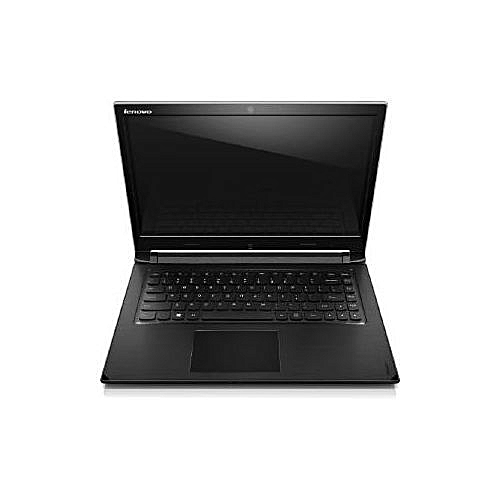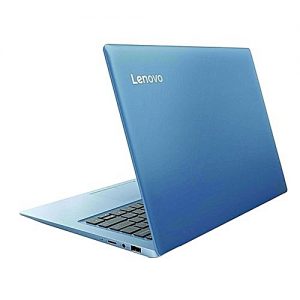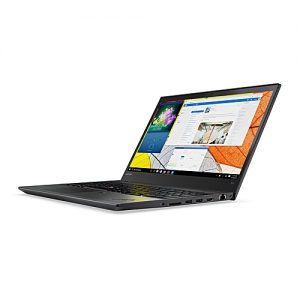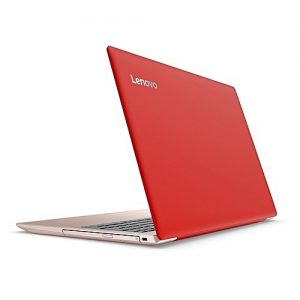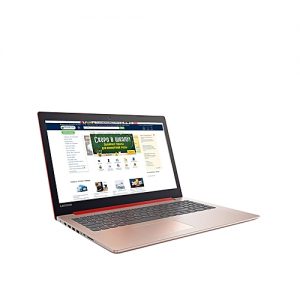Description
Processor Manufacturer:IntelProcessor Type:![]() A computers processing power is largely dependent upon the clock speed at which the CPU (fancy name for processor) can execute the instructions you have given it. The speed of a CPU is measured in megahertz (MHz) or gigahertz (GHz) (1GHz is equal to 1000MHz). A single core 1GHz processor would complete 1 billion calculations per second. This may seem like a lot of information to be processed in such a small amount of time, however without advances in multi-core technology, the completion of any requests to a single core processor would be slow by todays standards.Core i5Processor Generation:6th GenProcessor Model:i5-6200UProcessor Speed:
A computers processing power is largely dependent upon the clock speed at which the CPU (fancy name for processor) can execute the instructions you have given it. The speed of a CPU is measured in megahertz (MHz) or gigahertz (GHz) (1GHz is equal to 1000MHz). A single core 1GHz processor would complete 1 billion calculations per second. This may seem like a lot of information to be processed in such a small amount of time, however without advances in multi-core technology, the completion of any requests to a single core processor would be slow by todays standards.Core i5Processor Generation:6th GenProcessor Model:i5-6200UProcessor Speed: ![]() The clock rate typically refers to the frequency at which a chip like a central processing unit (CPU), one core of a multi-core processor, is running and is used as an indicator of the processors speed. It is measured in clock cycles per second or its equivalent, the SI unit hertz (Hz). The clock rate of the first generation of computers was measured in hertz or kilohertz (kHz), but in the 21st century the speed of modern CPUs is commonly advertised in gigahertz (GHz). This metric is most useful when comparing processors within the same family, holding constant other features that may impact performance.2.30 GHzProcessor Core:
The clock rate typically refers to the frequency at which a chip like a central processing unit (CPU), one core of a multi-core processor, is running and is used as an indicator of the processors speed. It is measured in clock cycles per second or its equivalent, the SI unit hertz (Hz). The clock rate of the first generation of computers was measured in hertz or kilohertz (kHz), but in the 21st century the speed of modern CPUs is commonly advertised in gigahertz (GHz). This metric is most useful when comparing processors within the same family, holding constant other features that may impact performance.2.30 GHzProcessor Core: ![]()
ATTENTION: GOT ITEMS FOR SALE? Post your items, services and properties for sale for FREE and sell faster on our free ads platform..Go here now >>> POST FREE AD

